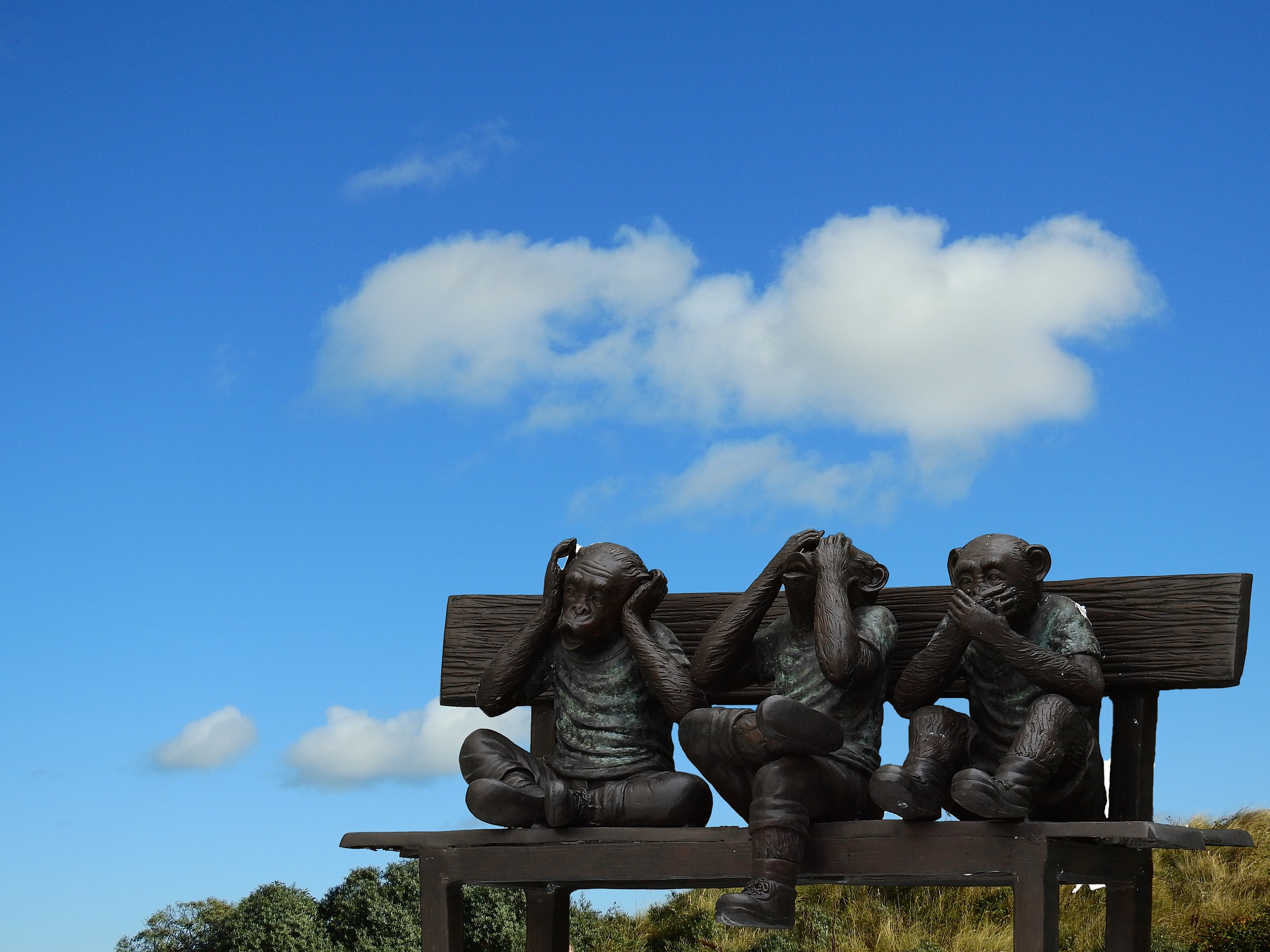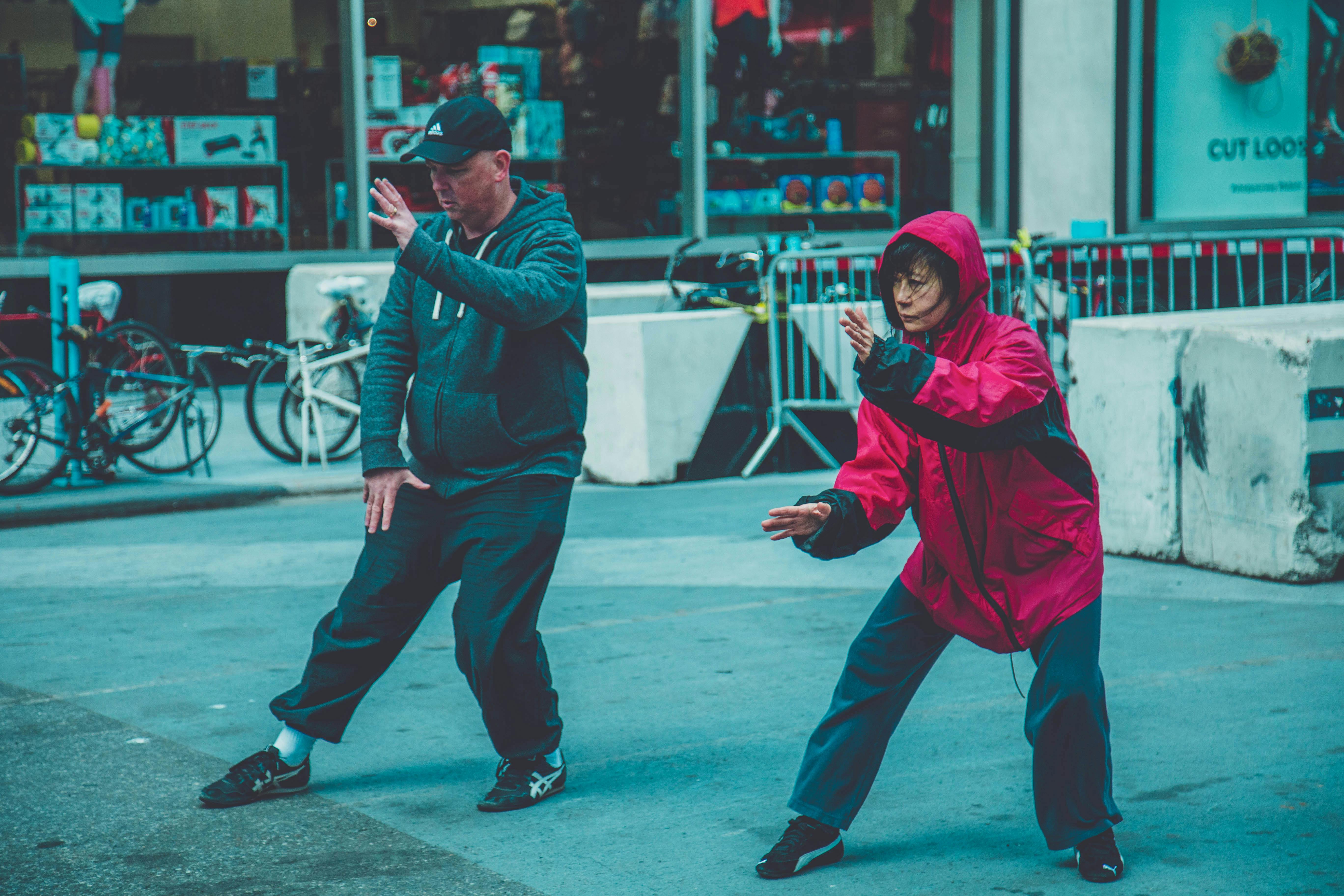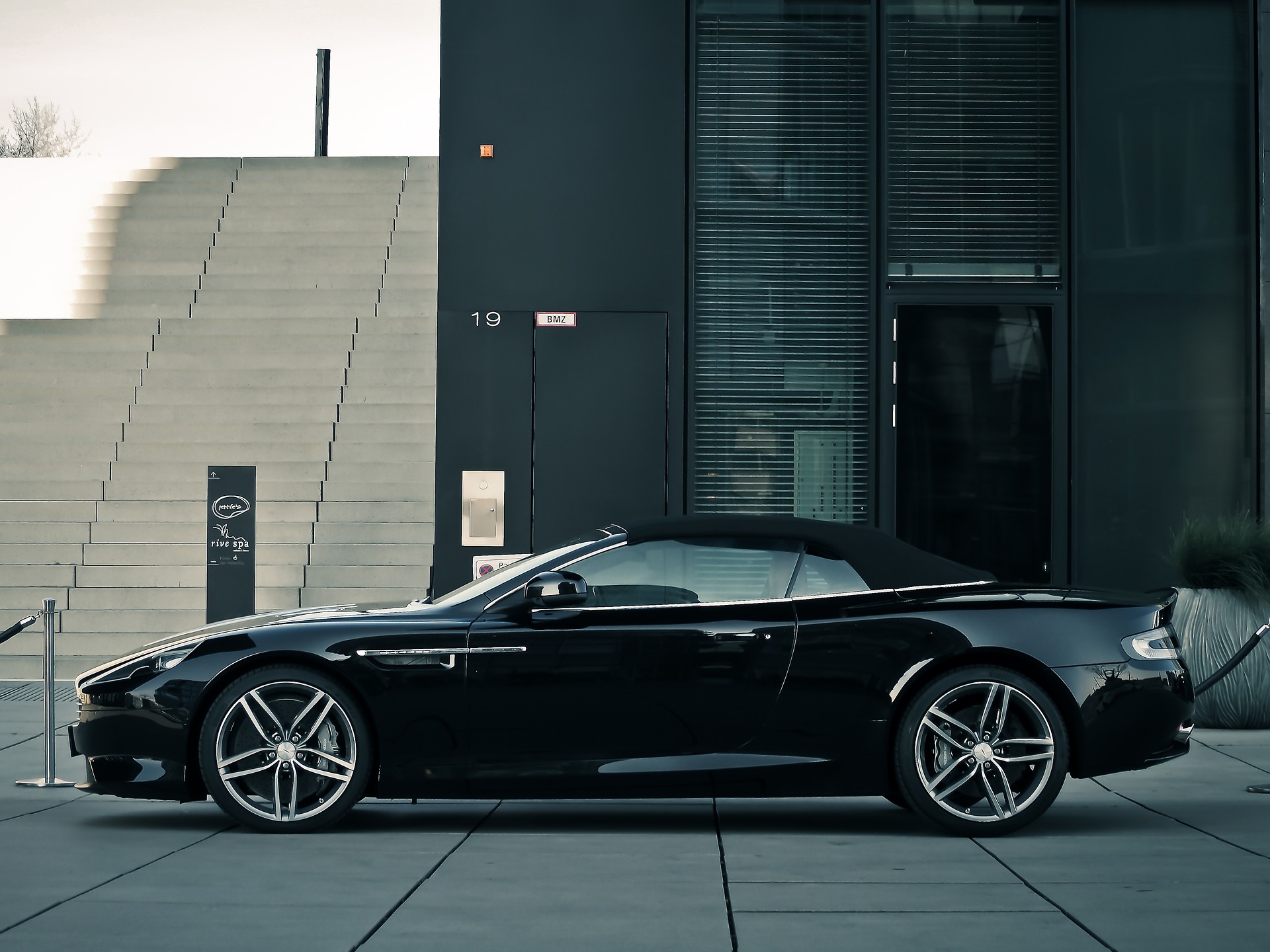Transcendence in Technology: The Digital Renaissance in Contemporary Art
In an era dictated by technology, the world of art has found a new muse. 'Digital art' has emerged as a revolutionary force, transforming the traditional canvas into a virtual playground. This article delves into the evolution, impact, and future of this digital renaissance in the art world.
The Dawn of Digital Art
The inception of digital art traces back to the 1960s, when artists began experimenting with emerging computer technologies. The first wave of digital art was marked by a fascination with the then-new technology, as artists explored the potential of using algorithms and programming languages to create art. The pioneers of this movement, such as Manfred Mohr and Vera Molnar, paved the way for the digital revolution that was to follow in the art world.
The Digital Leap
The advent of the internet and advancements in computer technology in the 90s brought about a significant shift in the digital art landscape. Artists began to experiment with web-based art and interactive installations, transforming the way art was created, exhibited, and experienced. This period also saw the birth of new art forms such as net art, software art, and generative art. The democratization of digital tools and platforms also made art more accessible, blurring the boundaries between artist and audience.
The Current Scenario
Today, digital art has evolved beyond mere fascination with technology. It is now a medium for artists to comment on contemporary issues, challenge societal norms, and explore the human condition. This shift is evident in the works of contemporary artists like Rafael Lozano-Hemmer, whose interactive installations combine technology with elements of performance and sculpture to create immersive experiences.
Impact and Reception
Digital art has had a profound impact on the art world. It has expanded the realm of artistic expression, offering infinite possibilities for creativity. However, it has also sparked debate over the definition of ‘art.’ Critics argue that the use of technology devalues the artist’s skill and craftsmanship. Despite the controversy, digital art continues to gain recognition and acceptance, with digital artworks being exhibited in major museums and galleries worldwide.
The Future is Digital
As technology continues to evolve at a rapid pace, the future of digital art seems promising. The emergence of virtual reality, artificial intelligence, and blockchain technology has already started to influence the digital art scene. These advancements are expected to further transform the way art is created, distributed, and experienced, leading to a new era in the art world - an era defined by the synergy of art and technology.
This digital renaissance represents more than just a shift in artistic medium. It signifies a broader cultural transition, one that embraces the limitless potential of technology. As we stand on the cusp of this fascinating era, it is clear that the canvas of the future is digital.







